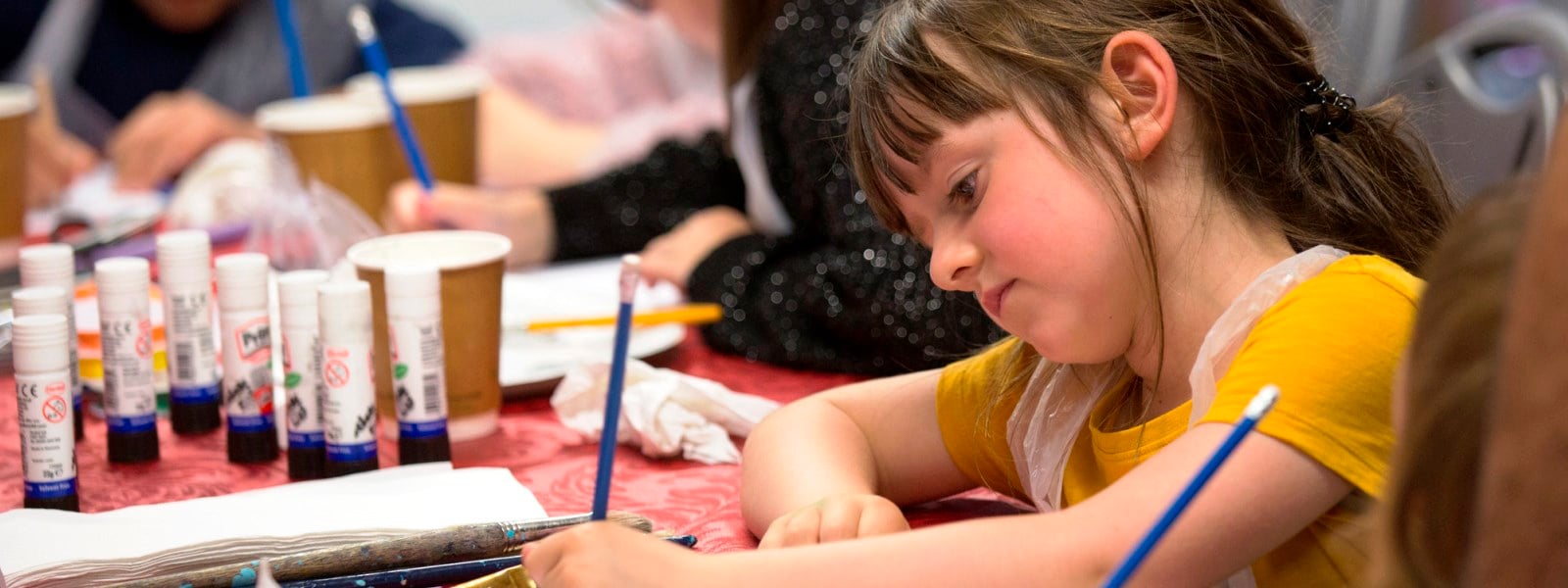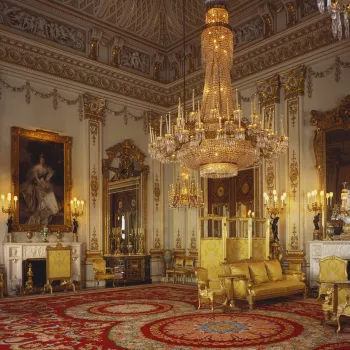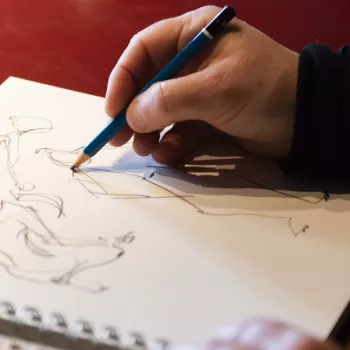
School and family resources
From worksheets to online interactives, our resources are all full of historical facts, insights and fun learning opportunities
Discover the official royal residences
The King has three official residences: Buckingham Palace, Windsor Castle and the Palace of Holyroodhouse in Edinburgh. These magnificent buildings are not only homes of the Royal Family but also where the King undertakes official work as Head of State. Today, the official residences are used for meetings, holding audiences with government ministers and ambassadors, hosting Garden Parties and State Visits and more.
The residences are also open to the public – millions of people visit the Palaces each year to see treasures from the Royal Collection, and to learn about the history of the buildings and how they are used today.
Buckingham Palace has served as the official London residence of the monarch since 1837, and today the State Rooms are used by The King to receive and entertain guests. Many national occasions have been marked by the Royal Family standing on the balcony at the front of the Palace. Windsor Castle is the largest and oldest occupied castle in the world, and it has been a royal home and a fortress for over nine hundred years. The annual ceremony for the Order of the Garter, the oldest order of chivalry, takes place at St George’s Chapel in the grounds of the Castle each year. The Palace of Holyroodhouse is the official residence of the monarch in Scotland. Founded more than 500 years ago, the Palace stands next to the ruins of Holyrood Abbey, which was once the site of coronations, parliaments and royal weddings.
Discover more about the official royal residences and the monarchs who have shaped their history. These resources will enable you to explore royal life through the ages by looking at objects, paintings, drawings, photographs and works of art from the Royal Collection.
Design your own State Room
The rooms in the State Apartments are beautifully decorated with magnificent art and furniture, which has impressed visitors both past and present. Why not have a go at designing your own special room? You could even create a suite of rooms. Use the various interactive images and videos for some inspiration.
DiscoverDesign your own royal garden.
Every royal residence needs a beautiful outdoor space! Royal gardens have historically been used to entertain guests or as a private place to sit and enjoy the peaceful surroundings of a palace. Have a go at designing a garden fit for a monarch !
DiscoverVirtual reality tour of Buckingham Palace
Royal Collection Trust has developed a virtual reality tour with Google, creating expeditions for schools to some of the State Rooms at Buckingham Palace.
DiscoverA royal home
Almost 40 Kings and Queens have lived at Windsor Castle. Find out more about some of the grand rooms found in the State Apartments at the Castle.
DiscoverExplore royal stables and garages
The Royal Mews sits behind Buckingham Palace in central London. This is where royal horses, carriages and cars are kept. Find out what happens at the Royal Mews.
DiscoverInside Windsor Castle
Take an interactive tour inside the State Apartments of one of The King’s grandest residences, Windsor Castle. Visit the impressive portraits in the Waterloo Chamber and the spectacular Crimson Drawing Room, which was restored after the disastrous fire of 1992.
A room for special meetings
The Privy Chamber at the Palace of Holyroodhouse was designed for private meetings with the monarch.









